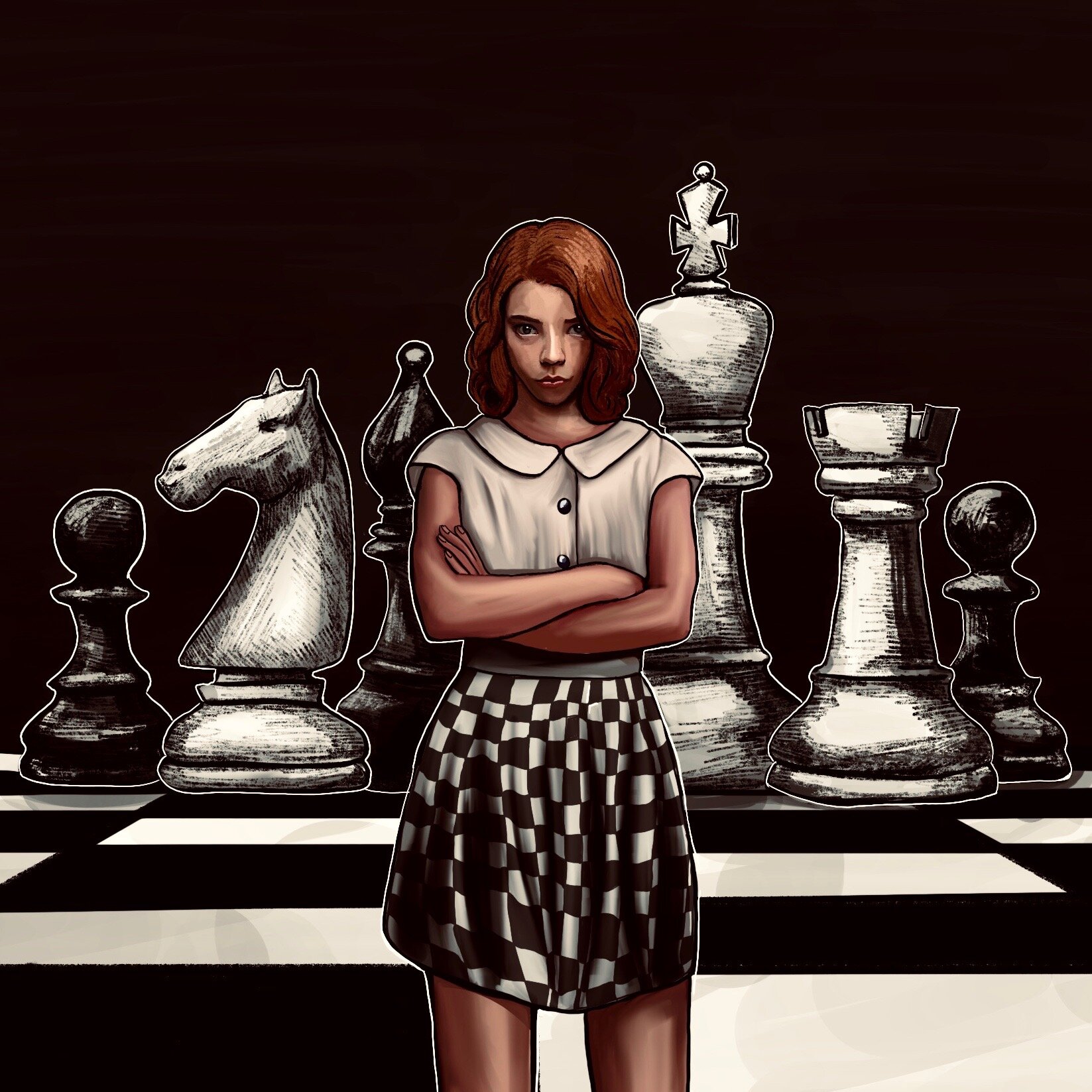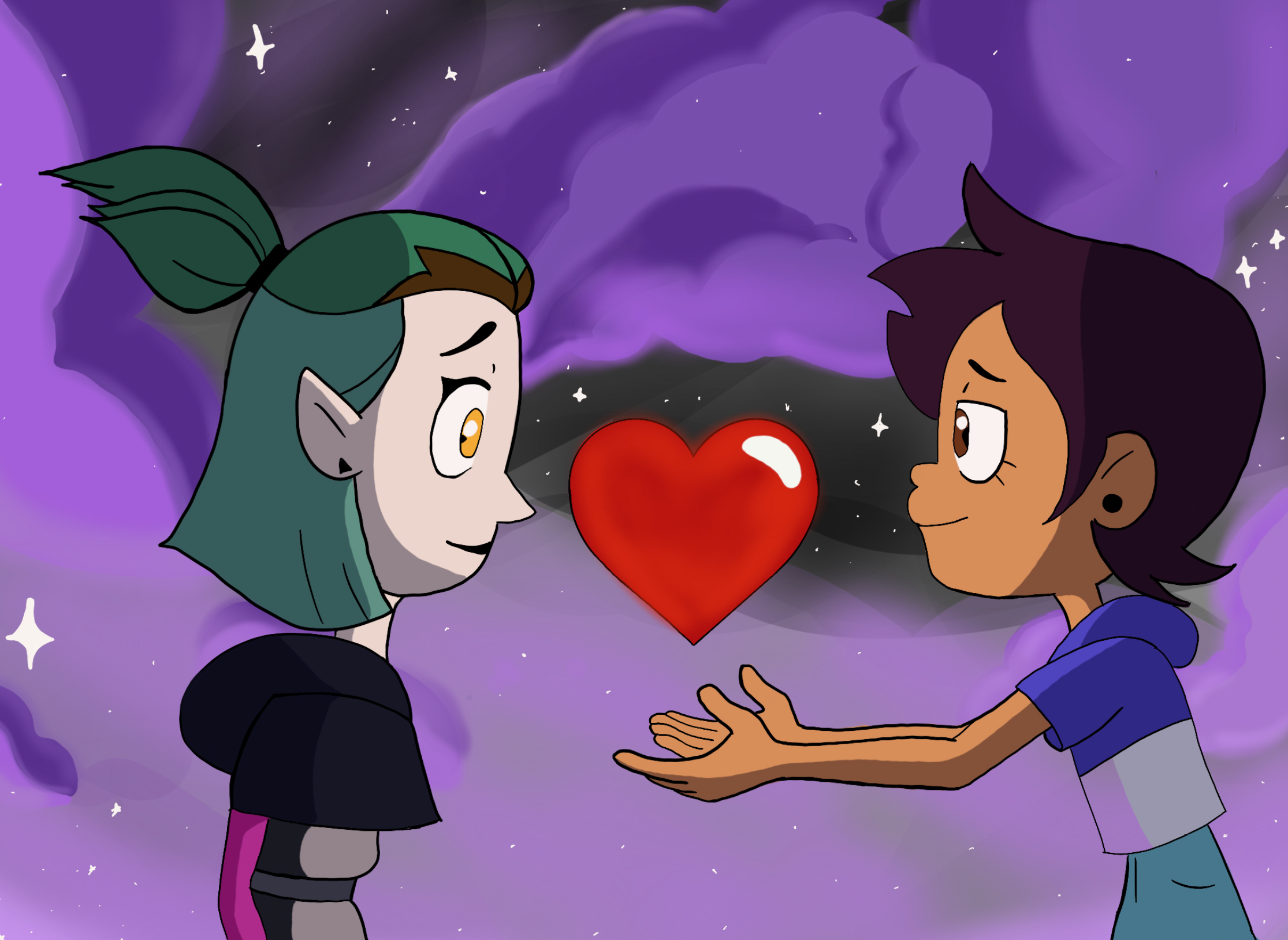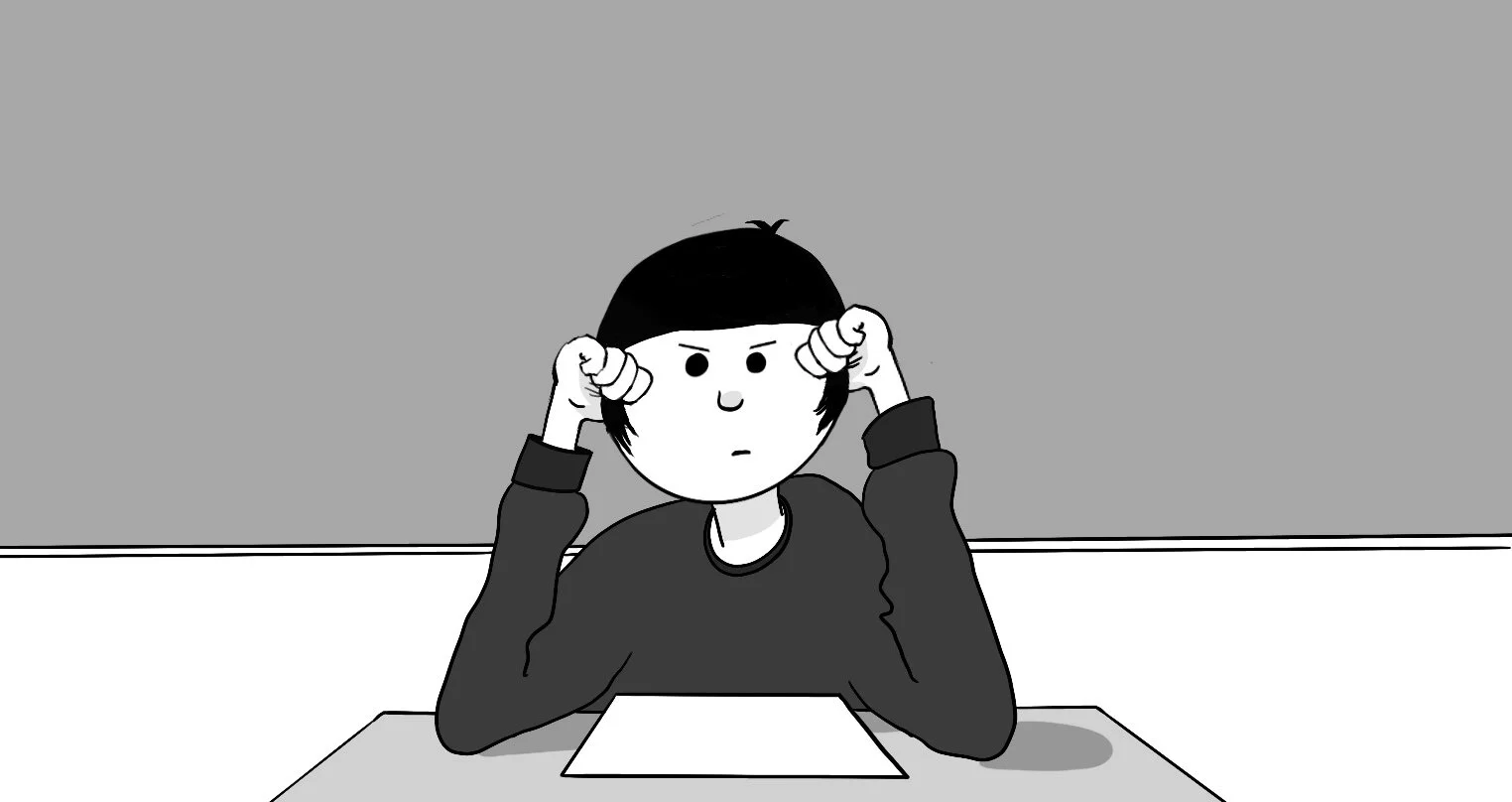Graphic by Anjali Rao-Herel ‘22
By Sabryna Coppola ’22
Arts & Entertainment Editor
Content Warning: This article discusses substance abuse, addiction and injury due to substance use.
In the grip of the Cold War, a teenage girl battles to dominate international grandmasters of chess to redeem herself and prove the superiority of America over Russia. In Netflix’s adaptation of Walter Tevis’ 1983 novel “The Queen’s Gambit,” Anya Taylor-Joy plays Beth Harmon, a chess prodigy from Kentucky. The seven-episode series is intense, packed with a range of strong emotions and a surprisingly thrilling series of chess matches. Aided by the brilliant score and Taylor-Joy’s cool assurance, “The Queen’s Gambit” offers an exciting story of a girl dominating a traditionally male game. Beth’s troubled past and fraught relationships keep the audience on the edge of their seats, unable to turn away from their screens.
Beth is orphaned at a young age and moves to the Methuen Home for Girls. Sent on an errand to the basement, Beth sees the janitor, Mr. Shaibel, playing chess. Eventually, he agrees to teach her how to play. Beth quickly becomes an expert, even visiting a local high school to play the entire chess team at once and easily beating them all. This marks the beginning of Beth’s journey into global chess fame, expedited by her adoption by Mrs. Wheatley (Marielle Heller), who later helps her travel the U.S. to play in tournaments. Beth continues to play internationally and eventually faces off with Russian World Champion Borgov (Marcin Dorociński). The show has even been praised in The New York Times for its accuracy regarding the details of chess, from the handling of the pieces to the historical references and real masters.
Another plot point centers around the tranquilizers Beth and the other girls are given each day by the orphanage to stabilize their moods. Beth saves these tranquilizers and takes them at night to help her see an imaginary chessboard on the ceiling that she can use to play and analyze games in her head. When the government forbids the use of sedative drugs on children, Beth starts to experience withdrawals, causing her to break into the infirmary and overdose on them. Beth continues to struggle throughout the series with her dependence on drugs and alcohol, battling the conviction that they enable her to be a better chess player.
As a fan of Taylor-Joy after her performances in “The Witch” and “Split,” I was excited to see her in such a unique role. Her intensity was strong throughout the series, but I expected to see more moments of vulnerability, especially considering the personal losses she faces. But even with her stoicism, the dry wit and fierce determination of the character won me over.
The show is visually captivating with a cool color palette and lush outfits for Taylor-Joy, culling the most glamorous trends of the 1960s. The score, written by Carlos Rafael Rivera, is excellent, bringing a sense of tension and excitement to the chess matches which feel accessible to non-chess players watching Beth learn the game. The soundtrack also features some great pop songs from the 1950s and ’60s, including the Monkees, the Kinks and Skeeter Davis’ “The End of The World.”
Despite these undeniable strengths, I thought at times that the series left something to be desired. Its portrayal of Beth’s addiction seemed to lack consistency. Her use of drugs and alcohol was certainly labeled as a bad influence multiple times, but it still had a glamorous edge, reminiscent of substance portrayal in “Mad Men.” While we watched Beth sink to the lowest of lows, the dangerous effects of her substance use seemed watered down, diminishing the realities of addiction. Her apparent ability to stop her consumption of drugs and alcohol on a whim felt unrealistic, using her troubled genius and tragic past to romanticize a very real condition that nearly 21 million Americans face.
The one part of Beth’s struggle with addiction that does feel realistic is the support she is given from her friends. In her matches, many of Beth’s competitors become her friends and mentors. Harry Beltik (Harry Melling) and Bennie Watts (Thomas Brodie-Sangster) both turn from fierce opponents to trusted friends who offer her guidance on her path to beat Borgov. Bennie helps her stay away from alcohol while studying for her match with Borgov. Harry pleads with her to take care of herself when he sees her at a local chess event in Kentucky.
She is also helped by a friend from Methuen, Jolene (played by the fascinating newcomer Moses Ingram). Jolene seems to find Beth at her lowest point, bringing symmetry to the show, as she was Beth’s closest friend when she first began taking pills. Knowing Beth’s history, Jolene is able to help her regain her sobriety and prepare for her final tournament in Russia. Jolene is also the only person of color in the series, which was disappointing. The existence of her international competitions seemed like an opportunity to address this, but she only seemed to face white European men, which is reflective of the pool of internationally recognized grandmasters in the 1960s.
Even her competition with Borgov, like with Harry and Benny, seemed oddly friendly. Compared to all of the Cold War movies demonizing the USSR, their rivalry feels personal, not political. It is unclear if that is a reflection of the current relations between the U.S. and Russia, but it felt less like a political proxy competition than a video game’s boss battle.
“The Queen’s Gambit” is visually rich and enthralling despite being fairly predictable. Taylor-Joy is charming and easy to root for. The show is cerebral and surprisingly moving at times. It also packs in quite a lot of information about the rules and history of chess. At just over seven hours, “The Queen’s Gambit” is a perfect series to binge in a weekend, especially if you’re looking to enjoy some retro fashion and watch a teenage girl from Kentucky embarrass chess masters at their own game.







